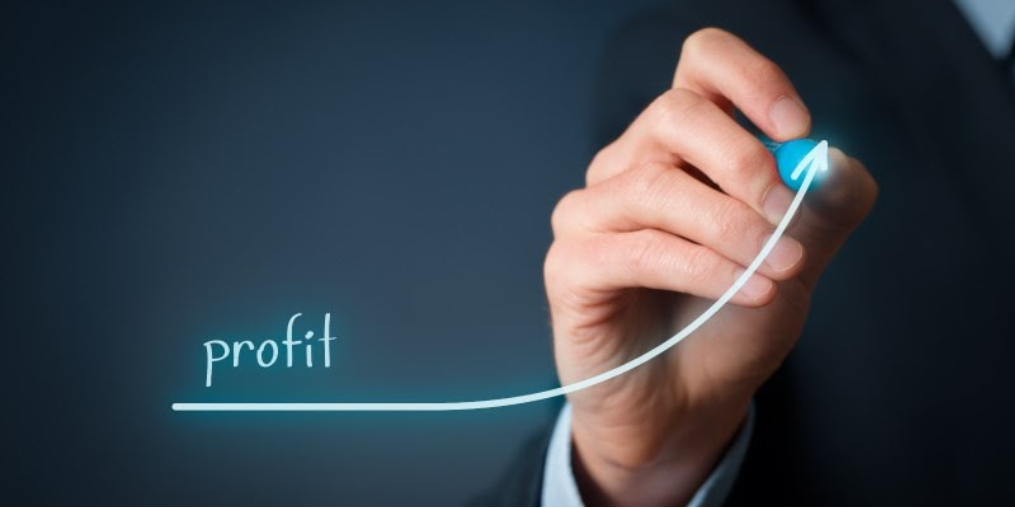A company’s contribution margin is its sales revenue less its variable expenses. After fixed costs, such rent, are paid for with the resulting contribution dollars, any remaining funds are deemed earnings. The overall amount, the amount for each product line, the amount per unit, or a ratio or percentage of net sales can all be used to represent contribution margin (which can be expressed as a percentage or in absolute numbers). It is important to know about Contribution margin calculation.
The direct and indirect expenses a firm incurs when manufacturing and selling goods or services are known as variable costs. These expenses change based on the quantity of goods produced or services provided.
How Do Variable Costs Arise?
The direct and indirect expenses a firm incurs when manufacturing and selling goods or services are known as variable costs. These expenses change based on the quantity of goods produced or services provided. Variable costs grow with increased production and drop with decreased output volume.
It’s also crucial to remember that a company can usually function with a relatively low contribution margin if it has a high proportion of variable costs compared to fixed costs. On the other hand, a company with high fixed expenses compared to variable costs usually needs to provide a large contribution margin in order to continue operating profitably. You should know details pertaining to sell through formula.
Fixed Costs: What Are They?
Expenses that are incurred and remain constant despite variations in the volume of output or services rendered are known as fixed costs. These are unavoidable expenses that are unrelated to the operations of the firm. Break-even analysis uses fixed expenses to determine the price and amount of output in order to guarantee profitability.
What is the business significance of contribution margin?
A corporation may often utilize contribution margin as a reference for analysis when determining how much to charge for a product. Because fixed costs are typically substantial, a high contribution margin is required to meet operational expenses.
It is not advisable to continue producing the product at its current sales price level unless it is a very high volume product, as a low or negative contribution margin suggests that a product line or business may not be very profitable.
The remaining revenue following the payment of all variable costs, both direct and indirect, is known as your contribution margin (CM). The costs associated with that client or work that were not “directly” connected to generating that revenue are known as variable indirect costs. Sales commission is the prime illustration. It’s not a cost of generating income because you wouldn’t have the commission if you didn’t close the deal. Instead, it’s a true variable expense.
The revenue that remains after your business reaches its break-even point—the point at which sales turn a profit after fixed costs—is represented by contribution margins. Since this sum “contributes” to covering overhead or turning a profit, it is known as the “contribution” margin.
Important details about the composition of the sales, pricing, and commission calculation procedures are also shown in numerical forms such as numbers, ratios, or percentages. With the help of contribution margins and gross profit margins, you may optimize pricing, analyse goods and services, clients, and individual jobs, and modify your payment or employee incentive plan to boost profitability.
The percentage of inventory sold in relation to the quantity of inventory received from manufacturers over the same period is measured by a sell-through rate, or STR.
Your STR measures your performance by comparing your monthly sales to a predetermined target. You can monitor sales data, modify your objectives, and maintain an effective supply chain by measuring your STR.
Why does the sell-through rate matter?
For e-commerce enterprises, your sell-through rate is a critical performance indicator. The following list of five benefits of calculation: Your STR is more than simply a general indicator of sales volume. Retailers compute their STR by product line, supplier, store location, and other factors frequently.
Your STR can provide insightful information about the most popular product categories. A high sell-through rate is a sign of a successful product sale. By using this data, inventory may be optimized and consumer demand can be more accurately estimated.
Reduce the Expense of Storage
A low sell-through rate suggests that you are probably keeping more inventory than you need to and that your inventory management is lacking. To learn more about how you might reduce storage expenses, use your STR.
Especially if your inventory goes out of style or expires soon, overstocking can be costly. Additionally, storing unsold inventory requires space that could be devoted to high-demand items. Compare storage expenses with anticipated shipping costs and the potential loss of profit from stock outs to decide if stockpiling is worthwhile.
Supply Lines should be Optimized
Supply chains frequently experience unforeseen delays. In order to compensate for supply line bottlenecks, manufacturers, retailers, vendors, and consumers continue to face difficulties. As a kind of compensation, many shops place excessive orders before determining which things will actually sell. Your STR gives your insight into sales trends, enabling you to collaborate with suppliers to reorder the appropriate goods and concentrate on top-selling items.
